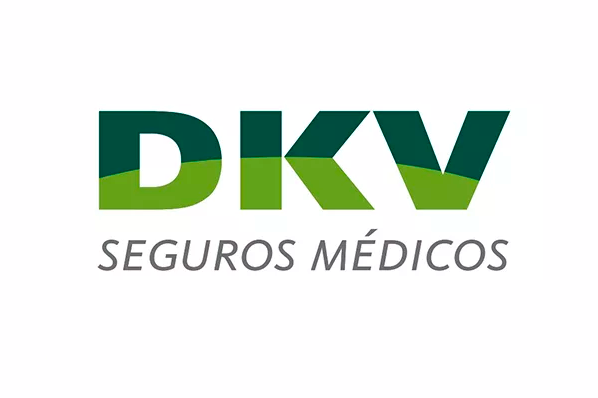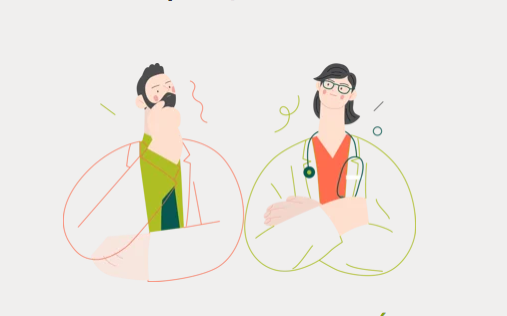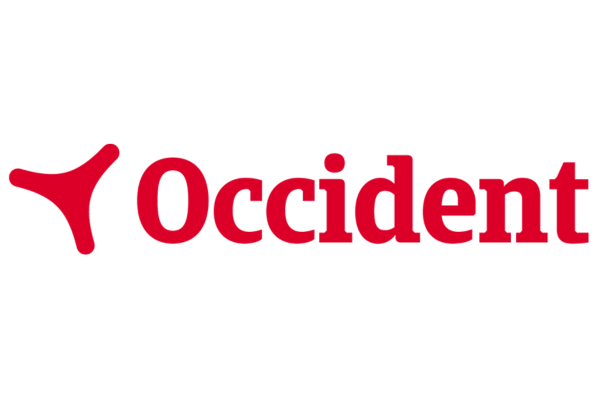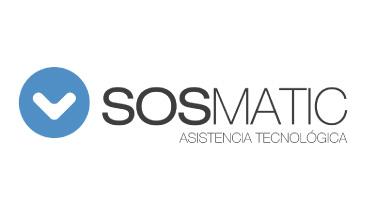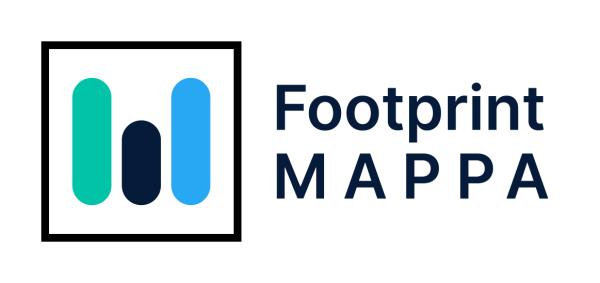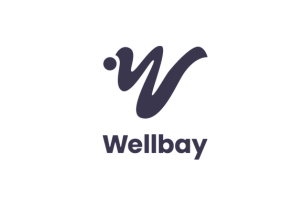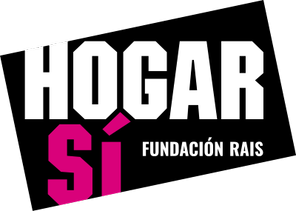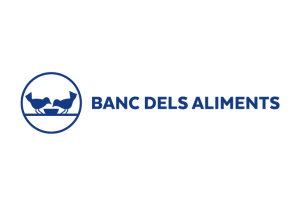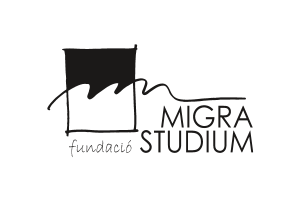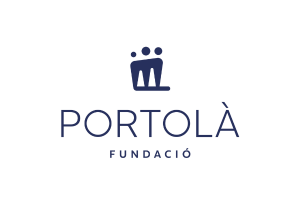Green gases such as biomethane and hydrogen are crucial for achieving climate goals
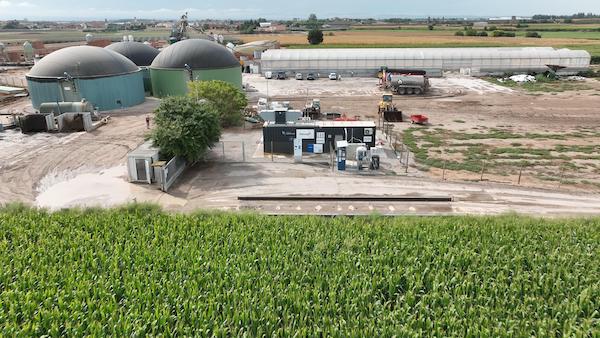
Green gases such as biomethane and hydrogen are crucial for achieving climate goals because they enable sectors where electrification is difficult, such as industrial heating and heavy goods carriage, to achieve net zero by electrification. According to estimates, at least 40% of CO2 emissions in Spain have no electrification alternative, making green gases the most efficient option.
Green gases are obtained by treating urban, farming, livestock and food industry waste, and also by treating sewage. In addition, they can easily be injected into existing gas pipelines and can be used in the same way as natural gas.
Consequently, this type of energy reduces greenhouse gas emissions by reducing the CO2 emissions generated by the fuel they replace, whilst reducing reliance on foreign energy by producing energy at home. It also fosters the circular economy by contributing to sustainable waste management, creating jobs and consolidating the population of rural areas.
Biomethane
Spain’s potential biomethane production is 163 TWh/year, a volume that would cover some 45% of this country’s demand for natural gas and would have meant savings of around €4 billion for consumers in 2022 due to lower gas procurement from third countries, according to the 2023 Sedigas survey of Spain’s biomethane production capacity.
Furthermore, the European Commission’s REPowerEU Plan plays a crucial role in achieving the EU’s goal of achieving energy self-sufficiency by raising EU production targets for 2030 to 35bn cubic meters.
Naturgy is a pioneer in biomethane development in Spain. Since 2014 it has been working on innovative projects to discover and reduce production costs and promote the injection of renewable gases into the gas distribution network.
This energy multinational is convinced of the strategic contribution of biomethane to the energy transition and is fostering its development throughout the value chain from waste management and biogas production, to the distribution and sale of biomethane.
Nedgia, the group’s gas distributor, has a portfolio of more than 170 applicants seeking to inject a total of over 6.5 TWh of renewable gas into its network, a volume equivalent to the annual consumption of 1.3 million households. In 2022, the renewable gas delivered by four injection units located in Catalonia, Castilla y León and Galicia rocketed by 90% up to 35 GWh, thereby avoiding the release of 7,400 tons of CO2 into the atmosphere. Nedgia is also working on the construction of another seven units which will increase the supply capacity to 316 GWh in the near future.
Spain’s potential biomethane production is 163 TWh/year, a volume that would cover some 45% of its demand for natural gas
Another advantage of this gas is its great adaptability, enabling it to take advantage of the large existing gas delivery and distribution infrastructure, hence reducing the investment and adaptation necessary to achieve rapid penetration.
The first biomethane plant started up by Naturgy is at the Bens wastewater treatment plant (A Coruña). The second installation, Elena, in Cerdanyola del Vallès (Barcelona), was the first to inject renewable gas obtained from a landfill into the Spanish gas network.
This year the Vila-Sana plant will begin to generate green gas, making it the company’s third commercial facility operating in Spain. This plant on the Porgaporcs pig farm (Vila-Sana, Lleida) will generate biomethane equivalent to the annual consumption of 3,150 households and will prevent the emission into the atmosphere of about 2,500 tons of CO2 per year by injecting 11.5 GWh/year into the gas distribution network.
Hydrogen
This energy multinational has also spent years to researching hydrogen development, and in 2021 worked on developing large-scale renewable hydrogen production hubs. Some of these ventures are related to Fair Transition zones, multi-demand hubs designed to foster the development of new markets for direct consumption in industry, injection into gas networks for certified-origin sales, mobility and the production of hydrogen derivatives (ammonia, methanol, etc.).
One example is the alliance driven by Naturgy with Repsol and Reganosa to develop a renewable hydrogen production hub in Galicia. This project includes the installation of an electrolysis plant powered entirely by renewable energy on the premises of the old Meirama coal-fired power plant in Cerceda (A Coruña).
Meanwhile, the company will work with Enagás in Léon on Spain’s largest hydrogen plant, intended to produce up to approximately 9,000 tons of green hydrogen a year, using a 400 MW photovoltaic plant and an electrolyzer of up to 60 MW, for local consumption, injection into the gas network and possible future exports to northwestern Europe.










